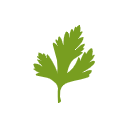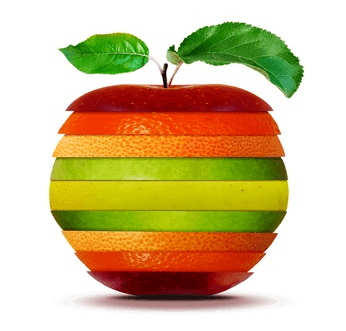
In a nutshell
Essential for:




Key sources:

intestinal microflora

parsley

swiss chard

kale

spinach

brussel sprouts

broccoli

goose liver
What does vitamin K do?
Vitamin K plays a significant role in the activation of the blood clotting process - it is vital to the stopping of bleeding in case of injury.
This vitamin helps make strong bones and prevent fractures- it is especially important for older adults who have an increased risk of falling. Vitamin K has also been shown to avoid the hardening of the arteries and parts of the heart. There is a modern theory that K extra intake may help in preventing or treating Alzheimer's disease. Also, there is new evidence of the anti-aging benefits of vitamin K.
Forms of the vitamin
Vitamin K deficiency
A lack of this vitamin is rare. The shortage of vitamin K in the food hardly can be a reason for the deficiency. Deficiency usually develops as a consequence of malabsorption.
Vitamin K is produced in the guts by the good intestinal microflora. People who take antibiotics for extended periods may all be under increased deficiency risk, due to antibiotics defeats essential intestinal microflora as well as pathogen bacteria against which this antibiotic was prescribed.
Symptoms of a deficiency in this vitamin include:
• Excessive bruising or bleeding;
• Loss of bone or decrease in bone density;
• Fractures;
• Calcium deposits, especially in soft tissue.
Vitamin K overdose
There are no toxicity or overdose concerns for the intake of the natural or supplement forms of this vitamin found in the United States. Therefore, there is no maximum limit for this vitamin set. Studies have been done on people who eat high levels of this vitamin naturally through diet and who also take supplements with no adverse effects to be found. There is one human-made version of this vitamin, known as menadione or K3, that can cause damage to cells, especially in the liver or kidneys. Menadione is prohibited from being sold as a supplement in the United States.
Daily Recommended Intake
The daily recommended intake of the vitamin for adults is 90-120 µg.
Sources of vitamin K
• spinach (100g) -483 μg of vitamin;
• brussel sprouts (boiled) (100g) - 140 μg of vitamin;
• romaine lettuce (100g) -103 μg of vitamin ;
• broccoli (100g) - 102 μg of vitamin.
• hard cheeses (100g) - 76 µg of vitamin;
• soft cheeses (100g) - 57 µg of vitamin;
• chicken liver (100g) - 13 µg of vitamin;
Other important sources of the vitamin:
• butter;
• chicken breast;;
• whole milk;
• eggs.
Why "K"?
This vitamin was identified in 1935 by a Danish scientist who was studying clotting of blood. Henrik Dam named this as "Koagulations-vitamin", using the German word for blood clotting. This mouthful was later shortened and the vitamin was named "K".
